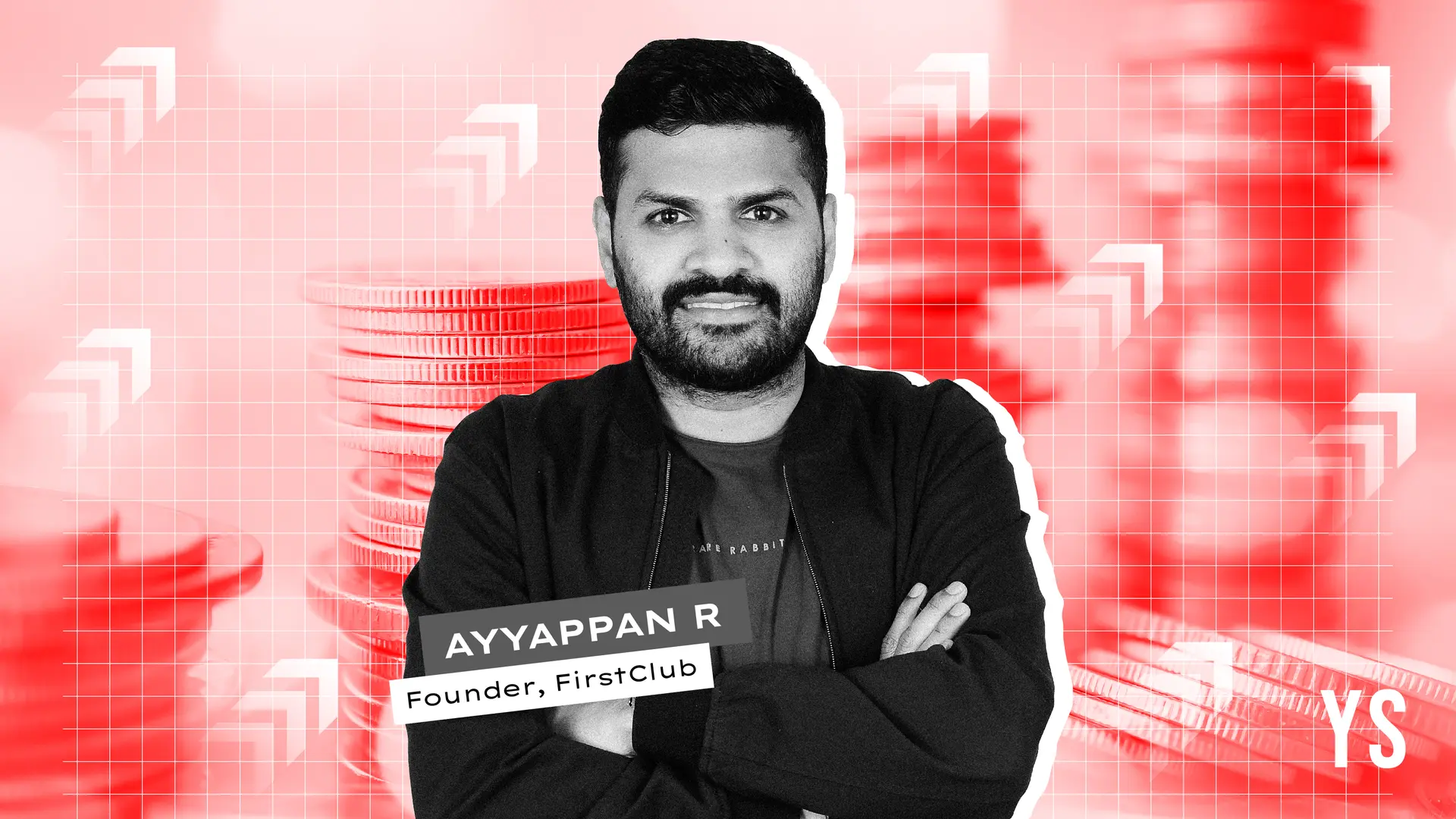Who will be the chosen 10 of QDIC?
This article is sponsored by Qualcomm.
The Qualcomm® Design in India Challenge (QDIC) received an overwhelming number of entries when it closed at midnight on February 29, 2016. Clearly, India has no dearth of design talent, nor those who are willing to go it alone to turn their ideas into reality.
To be sure, the road to success for a product/hardware design startup is longer and more arduous than for startups in many other sectors. India has always been known for its software development and IT services capabilities, to the extent that hardware and product design did not receive the type of impetus and support it could have in the past.
Happily, though, the tide has begun to turn – as the number of applications for QDIC clearly shows.

IoT is the wave that Indian companies can truly ride. A nation as large and complex as India has equally large and complex problems that need to be solved on the most massive scale possible. So the solutions for such problems need to come from within India, because we understand our daily lives better than anyone outside the country.
Indeed, when YourStory ran a Twitter chat to ask people, #WhyDesignInIndia, the answers very often centred around the need for Indian solutions to Indian problems. Yes, there were sceptics who wondered why India hadn’t succeeded at product/hardware design before. The simple answer is that nobody can change the past, but Indian entrepreneurs today have taken it upon themselves to make a difference in this area.
What’s encouraging is that the Indian industrial ecosystem is also realizing the need to set up the infrastructure that these companies need in order to take root and create a flourishing sector doing cutting-edge work. IESA’s head of strategy and operations Venkatesh Kumaran recently wrote on YourStory about how the industry is looking to institutionalise prototyping for manufacturability for IoT device makers to test for scale.
And people are clearly concerned about intellectual property (IP) rights; there’s also growing awareness about the value of patents and the benefits that can be derived from them. It’s an area that has finally begun to get the attention it truly deserves. As J S Deepak, Telecom Secretary, (previously Secretary DeitY), said at the launch of the Design in India Challenge in December 2015, “Almost 50-60% of product value in electronics lies in IP. We’ve traditionally had skilled manpower doing the design work in India, but the IP was always registered abroad. This is an occasion to come up with ideas which would create IP that would get registered as Indian IP and form part of Indian products.”
All of this points to the encouraging trend of product/hardware/IoT design finally coming of age in India. And the 10 companies that will be shortlisted as part of the Design in India Challenge will be game-changers in their own way. And after three months of talking to startups on the phone, over email and a six-city roadshow for the Challenge, we’re just as eager as you are to find out who these 10 companies are and what they’re working on.
The names of the 10 shortlisted companies is scheduled to be announced in early April 2016.
Find your updates on #QDIC on Twitter or head over to YourStory.com/QDIC for more on the Challenge.







